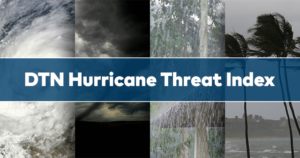Stunning Microburst in Phoenix
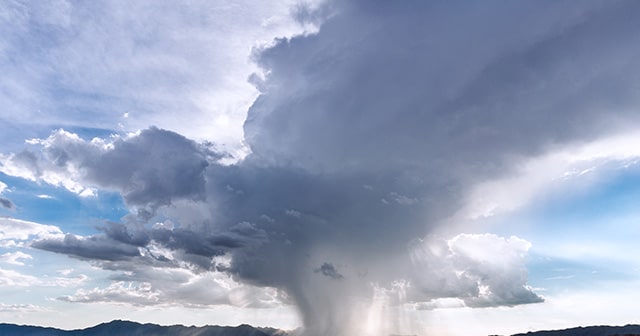
Phoenix, along with much of the rest of the country, has been battling with excessive heat for most of the summer. In the southwest this dry heat, combined with their summer monsoonal rainfalls, can create a virulent effect in the atmosphere that accompanies the rain, known as a microburst.
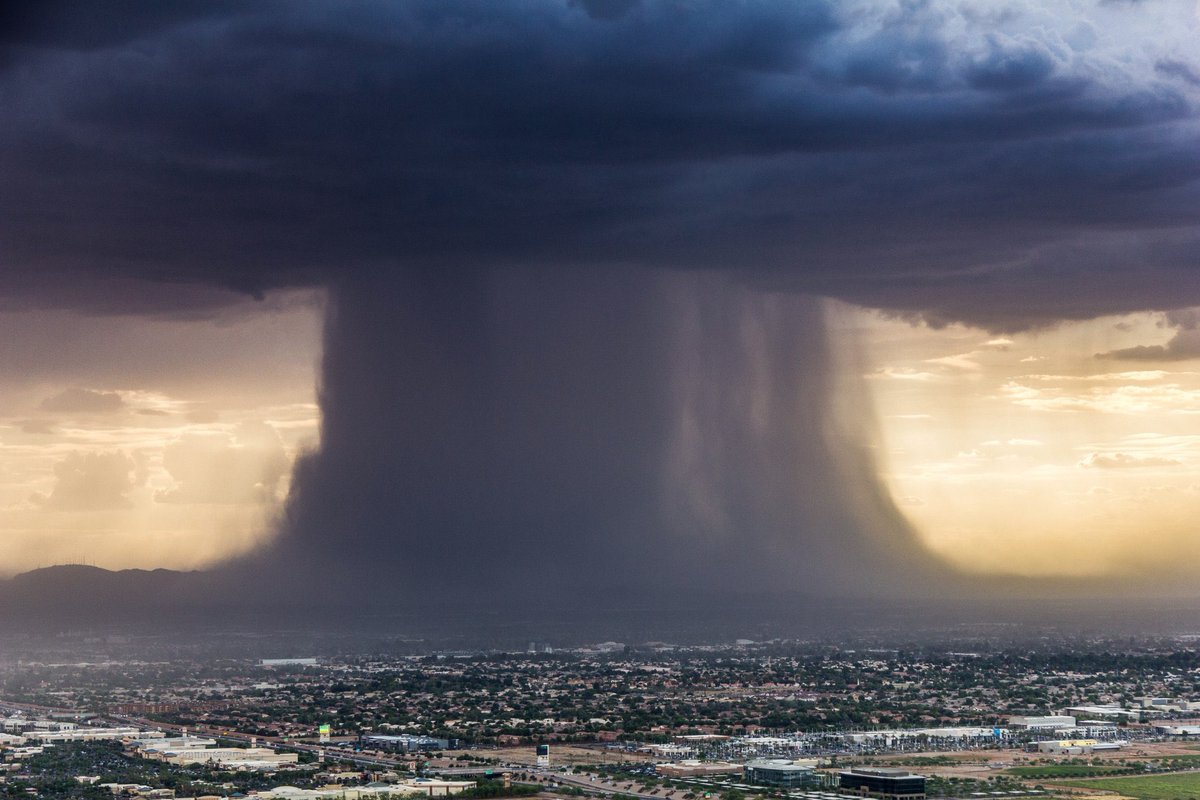
Photo Credit: Bruce Haffner
Microbursts form as rain from thunderstorms enter hot, dry air underneath them. This air causes raindrops to evaporate, and in the same manner as hanging around after taking a dip in a pool can make you shiver, it cools the surrounding air. Already being relatively colder to begin with, this cooling by evaporation (or: evaporative cooling) makes the downdraft of rainfall under the storm accelerate. This is because cold air is denser than hot air, causing it to cascade towards the ground faster and faster as more rainfall evaporates. The picture above illustrates this effect perfectly underneath a large thunderstorm producing very heavy rainfall. Once this rush of precipitation and cold air hits the ground, it has nowhere else to go but out horizontally, which is also noticeable in this picture. The violent outflowing air can kick up dust and debris along the way, creating another weather phenomenon called a haboob.
A quick MetStorm analysis on the thunderstorm that produced this incredible display shows 1.42 inches of rainfall falling between 5 and 6pm the evening of the 18th. This is not an uncommon occurrence near Phoenix during the monsoon season. The average recurrence interval for 1.42 inches of precipitation falling in a one hour timespan in this location has a probability of occurring once in ten years.
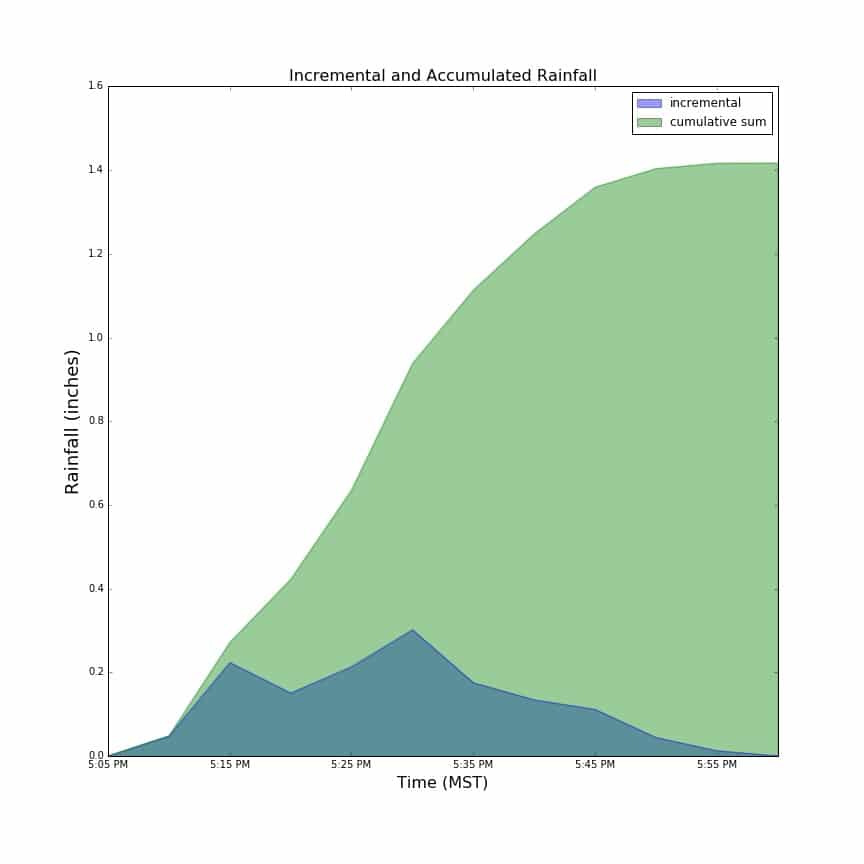
This storm is an excellent demonstration of natures fury when all the right ingredients come together and produce a visually stunning phenomena.
Please note that the maps presented here are preliminary and will be updated when new data become available. If you are interested in this product, or any other product from our MetStorm™ Precipitation Analysis tool, please contact us.











 Comprehensive weather insights help safeguard your operations and drive confident decisions to make everyday mining operations as safe and efficient as possible.
Comprehensive weather insights help safeguard your operations and drive confident decisions to make everyday mining operations as safe and efficient as possible.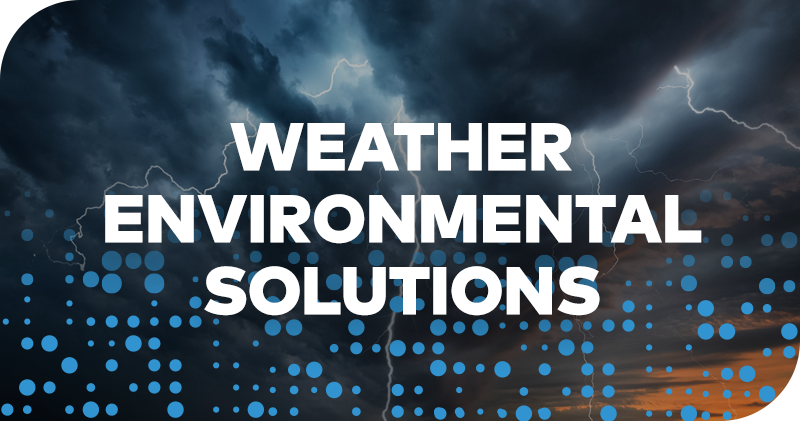 Learn how to optimize operations with credible weather and environmental intelligence. From aviation safety to environmental compliance, our comprehensive suite of solutions delivers real-time insights, advanced forecasting, and precise monitoring capabilities.
Learn how to optimize operations with credible weather and environmental intelligence. From aviation safety to environmental compliance, our comprehensive suite of solutions delivers real-time insights, advanced forecasting, and precise monitoring capabilities. 

